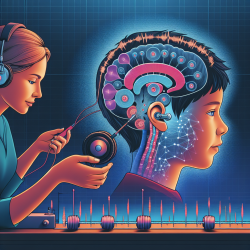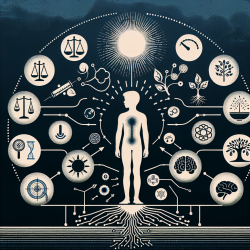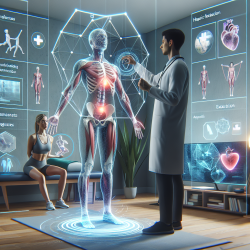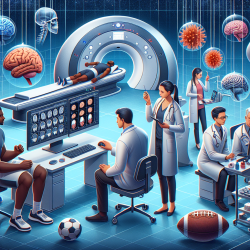In the rapidly evolving field of online therapy and education, staying ahead of the curve is crucial. Recent research titled "Emergence of Emotion Selectivity in Deep Neural Networks Trained to Recognize Visual Objects" offers groundbreaking insights that can significantly enhance your practice. This study explores how convolutional neural networks (CNNs), specifically VGG-16 and AlexNet models, can develop emotion selectivity and improve emotion recognition capabilities.
The Power of CNNs in Emotion Recognition
CNNs are a type of artificial neural network that mimic the hierarchical structure of the human visual system. They are widely used for image recognition tasks and have shown remarkable abilities to recognize complex patterns beyond their initial training. The study reveals that CNNs can spontaneously develop neurons selective for emotions such as pleasant, neutral, and unpleasant, even when trained only on visual object recognition tasks.
Key Findings
- Emotion Selectivity Emergence: Emotion-selective neurons were found in all layers of the CNN models, with stronger selectivity observed in deeper layers.
- Functional Significance: Enhancing or lesioning these neurons affected the network's performance in recognizing emotions, highlighting their functional importance.
- Generalizability: The emotion selectivity was consistent across different datasets, suggesting a robust and generalizable property of these networks.
Implications for Practitioners
This research provides valuable insights for practitioners looking to integrate advanced technology into their educational or therapeutic practices. Here are some ways you can leverage these findings:
- Enhanced Emotion Recognition: By understanding how CNNs process emotions, you can develop more effective tools for assessing and enhancing emotional intelligence in students.
- Personalized Learning Experiences: Use AI-driven insights to tailor educational content based on students' emotional responses, improving engagement and learning outcomes.
- Innovative Therapy Solutions: Incorporate AI technologies into therapeutic practices to better understand and respond to clients' emotional needs.
Encouraging Further Research
The study opens up numerous avenues for further exploration. Practitioners are encouraged to delve deeper into how emotion selectivity in AI models can be harnessed for practical applications. Collaborating with researchers or participating in studies can provide additional insights and opportunities for innovation.
To read the original research paper, please follow this link: Emergence of Emotion Selectivity in Deep Neural Networks Trained to Recognize Visual Objects.










